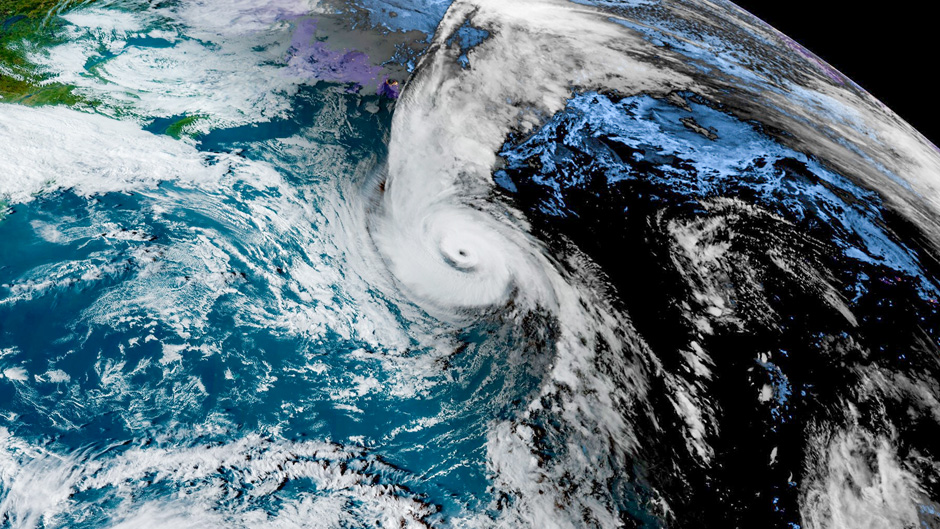Already, 2021 has seen 20 named storms, with four major hurricanes, and with 55 days remaining, there’s just one name left on the storm list that has not been used. This was just one update shared Wednesday during a webinar hosted by ’Canes on ’Canes, a group of graduate and undergraduate students at the University of Miami Rosenstiel School of Marine and Atmospheric Science.
The mission behind the presentation was to educate the public about the science of hurricanes and share the research done by Rosenstiel School students and faculty members in collaboration with the National Oceanic and Atmospheric Administration, the Atlantic Oceanographic and Meteorological Laboratory, the Hurricane Research Division, the Office of Naval Research, and the U.S. Air Force.
Panelists and doctoral students Quinton Lawton, Lev Looney, Alexis Wilson, and Will Downs focused on Hurricanes Grace, Ida, Larry, and Sam, and discussed the data that scientists have been able to gain from them. The students also reviewed details about what to expect for the remaining months this hurricane season, why the secondary naming list was reformed, and how Miami residents can be prepared as systems can rapidly form across the Atlantic Ocean.
“Hurricane Sam was a very strong Category 4 hurricane and a very long-lived storm that persisted at very high intensity for a long period of time,” said Lawton, who is studying atmospheric science. “Thankfully, this system never made landfall because it was recorded as the fifth most ACE, or Accumulated Cyclone Energy, in modern history. So, we are very thankful it stayed out to sea.”
Wilson, who also studies atmospheric science, shared detailed research results from the many partnerships the Rosenstiel School has with other organizations and institutions.
“Dave Nolan [professor and chair of the Department of Atmospheric Sciences] partnered with Kurt Hansen, a grad student, on the Florida Coastal Monitoring Program, alongside the University of Florida,” said Wilson. The purpose was to place giant mobile towers along the coastline that collected research-grade wind speed measurements as the hurricane made landfall. “This helps fill gaps in the data sets that we currently have in order to better understand and protect our buildings along the coastline and ecosystems.”
As we enter the end of the season, Downs noted, we must remain vigilant because things can change in a flash.
“Conditions are not very favorable; and as we move forward, time indicates general favorable conditions. But generally, we should more than likely expect storms to form,” he said. “Water conditions are very warm and very conducive to strong storms, though we aren’t looking at any specific storms.”
If or when we have another storm form, it will be named Wanda. Should additional storms develop before the end of the season, they will be named from the supplementary name list—a change that took place this hurricane season.
“The World Metrological Organization decided that the Greek naming theme was both confusing and did not work well given that damaging-storm names have to be retired,” Downs said. “So, if you see that we have an A or B named storm in October or November this year, it’s not a brand-new hurricane season this year, it’s just a brand-new thing we’re doing now.”
After sharing photos, charts, and presenting their latest research, each student answered questions from the webinar participants. The group encouraged those who want to stay informed to visit the University’s Office of Emergency Management website.

